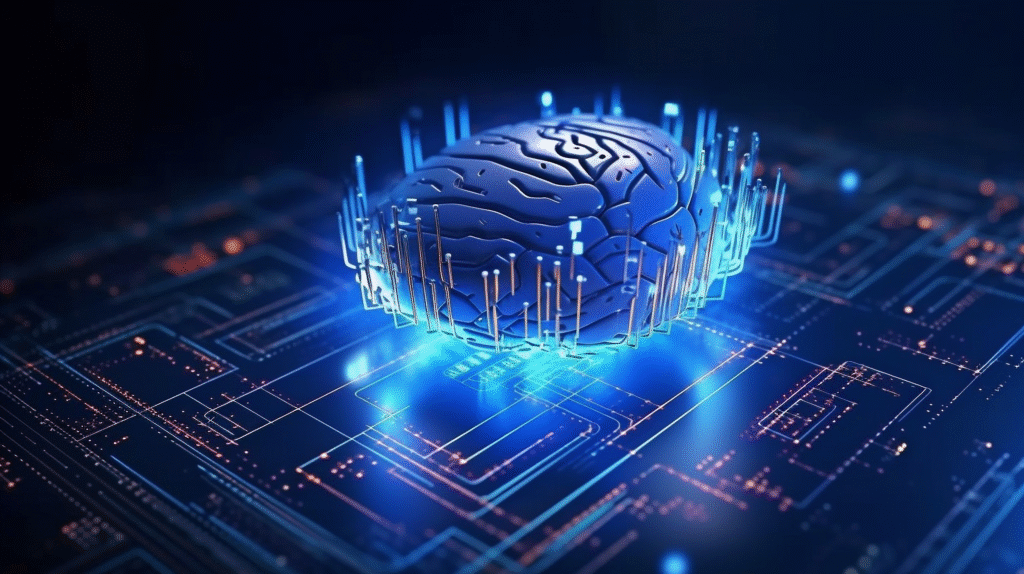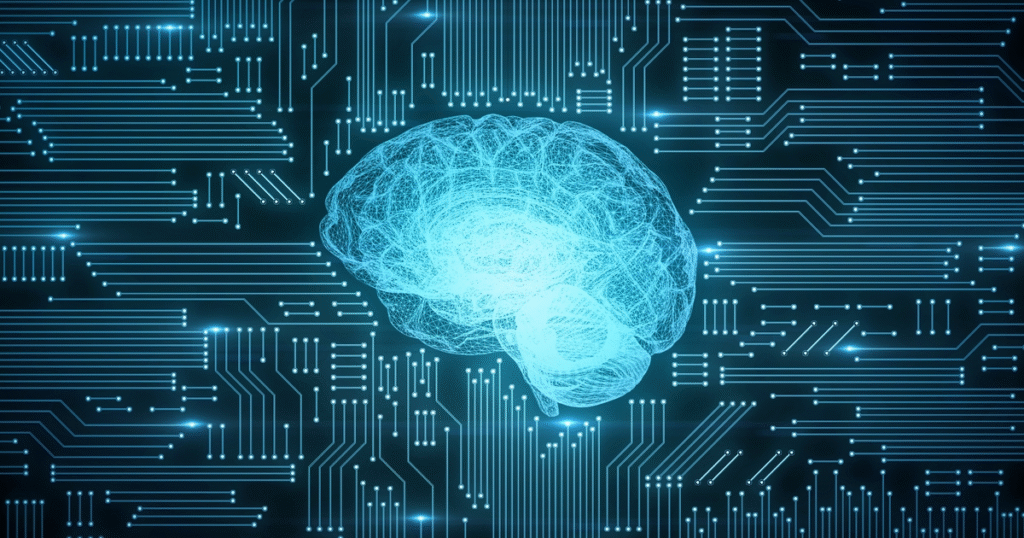Quantum computing is a new tool for tackling difficult problems. Quantum computing makes use of qubits which are very small units. Qubits store more information than ordinary bits that are used in today’s computers. Thanks to this, quantum computers handle several tasks in parallel. Since they have so much power, they can finish time-consuming jobs in a short time.
Bits in normal computers can either take the value of zero or one. A qubit is able to hold a zero state and a one state at the same moment. As a consequence, the particle exists in superposition. Something called entanglement can connect qubits. If qubits are connected, something happening to one affects the other one, no matter the distance involved. With this, quantum computers are able to find solutions quickly.

How Quantum Computing Helps AI
AI learns by going through various examples. These examples help it identify trends which it then uses for predictions. A usual computer cannot work on more than one example at once. This computer is capable of examining numerous instances all at the same time. Because of this, AI improves its skills more quickly and uses less power.
It is important for AI to deal with tough puzzles. It can be quite tough to decide the best path for sending a delivery by truck. Regular computers might need many resources and much time to evaluate each arrangement. With a quantum computer, it is possible to test all the available routes at the same time. With this knowledge, AI picks the most efficient path in less time.
There are cases when AI is required to find small details hidden in large piles of information. Quantum computing lets you deal with greater numbers of steps at the same time. As a result, AI can now perform tasks that people used to find impossible. Employing qubits speeds up the process of learning for AI and improves it in solving tough challenges.
Why This Is a Big Deal
AI needs more memory and more power as it grows. Training a large AI model can take days on a normal computer. Quantum computing lets some steps finish in minutes or hours. In this way, quantum AI uses less power and saves time. This helps keep the planet cooler by using less electricity.
Quantum AI can also make AI more aware. AI can do a better job at understanding language or images. For example, a voice assistant using quantum AI could answer questions more accurately. Or a self driving car could spot hazards sooner. These improvements happen because the computer sees more options at once.
Real Uses of Quantum AI
Many fields can use quantum AI to get better results. In medicine quantum AI can speed up finding new drugs. It can test many molecules at once to see if they may fight disease. What used to take months could become a task for a single day.
In weather science quantum AI can look at many factors fast. It can check wind patterns temperatures and humidity together. This leads to better weather reports that can warn people of storms or floods sooner.
In finance banks can use quantum AI to watch stock prices in real time. It can choose smart strategies for investing and avoid risks. This helps banks and people make better choices about money and save hard earned funds.
In manufacturing quantum AI can help design new materials. It can test many options for a stronger battery or a lighter car frame all at once. This means cars could use less fuel and last longer.
What Makes Quantum AI Hard
Even though quantum AI sounds amazing there are big challenges to face. First quantum computers must stay very cold. They need special rooms and machines to keep qubits from breaking. Even a small bump or change in temperature can cause a qubit to lose its state. This is called decoherence. Right now only a few labs have the tech needed to run quantum machines.
Another challenge is that we need new ways to write programs for qubits. Normal computer code does not work for quantum computers. Programmers must learn new rules. They must plan how to use superposition and entanglement in their algorithms. This takes time and effort.
Quantum bits also need error checking. Qubits can be fragile and make mistakes easily. Scientists must build systems that can spot and fix those mistakes. This is called quantum error correction. It is hard to do and slows down progress. Until we can fix errors well these machines will stay for labs and not in normal offices.
Who Is Working on Quantum AI
Many tech leaders and schools are working on quantum AI. Google built a quantum computer that solved a task faster than a supercomputer. IBM made a cloud service that lets people try quantum computing online. Microsoft is working on new kinds of qubits that stay stable longer. Startups like IonQ and Rigetti also build quantum machines and test new ideas.
At universities students learn how to write quantum code. Schools like MIT Stanford and Oxford give courses on quantum computing and AI. This helps create the next generation of experts to keep things moving forward.
Governments also fund quantum AI research. They know that this tech may help with health care security and the economy. They give money to labs and startups to test new ideas. As these labs share their results more people learn how to use quantum AI to solve real problems.
How Things Will Change Soon
Small steps toward quantum AI will appear in the next five years. Companies will begin using a mix of normal and quantum computers. They may let quantum machines do the toughest parts of AI tasks. Then normal computers handle the rest. This hybrid method lets businesses try quantum AI early while still using machines that are ready now.
Over ten years we may see more pure quantum AI services. We might train AI models in minutes that once took days. We might also see quantum safe encryption that cannot be broken by any computer. This will make banking and messaging more secure.
Research labs now build bigger machines to hold more qubits. As qubit counts rise and errors drop we will see new uses appear. For example climate scientists might use quantum AI to plan how to protect reefs or rainforests. Doctors might use it to create treatments for rare diseases faster than ever.
How We Can Learn and Get Ready
People can start learning quantum computing basics today. There are free courses online that teach how qubits work and how to code simple quantum programs. By knowing these ideas now, a person helps future teams that build quantum AI.
It may be useful for companies to try out small tests before making their final decision. They can use cloud quantum services and examine how they work with AI solutions. As a result, organizations can see true chances coming their way and discover any risks quickly. Organizations can look to disciplines that rapidly embrace new technology with limited impacts.
Authorities may as well assist by running classes and giving grants. They can give students and workers information about quantum AI. With these programs, students prepare to help on the cutting edge of health care robotics and developments.

A Look at the Future
Solving problems will change with the combination of quantum computing and AI. They will be able to develop stronger tools that pick up knowledge quickly and use less energy. Thanks to AI, doctors may discover new treatments, banks can choose their actions more wisely and scientists can keep the planet secure.
Even though today quantum AI is only in labs the work done now will shape the world of tomorrow. By learning the basics and testing new ideas people can help build a world where machines solve our hardest problems with speed and care.
Achieving the results may be difficult, take time and require working with a team, though it could greatly alter your life. As soon as quantum computers develop further, promoting their use for the overall good will grow. AI will undergo new developments that will make it smarter and upgrade our lives.





